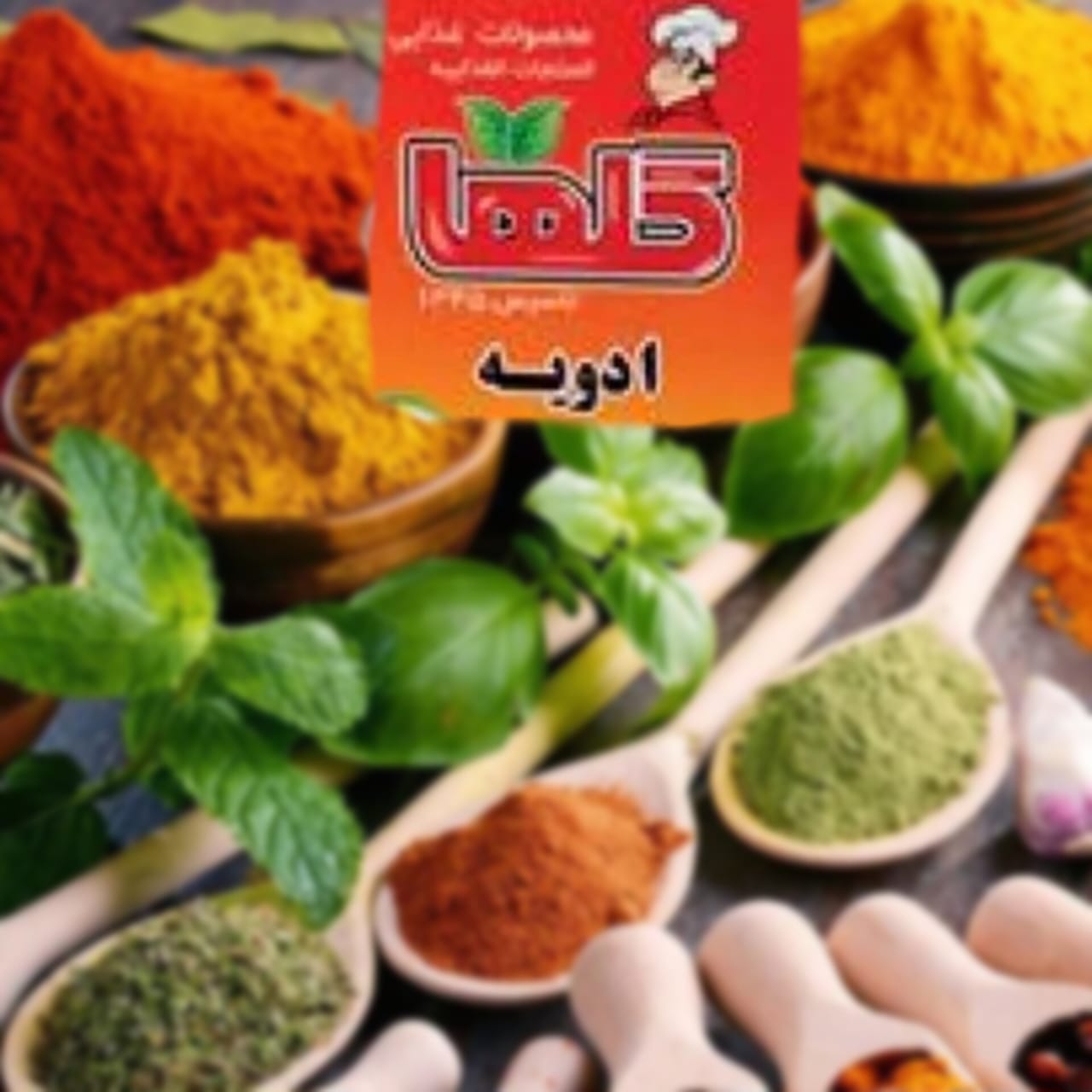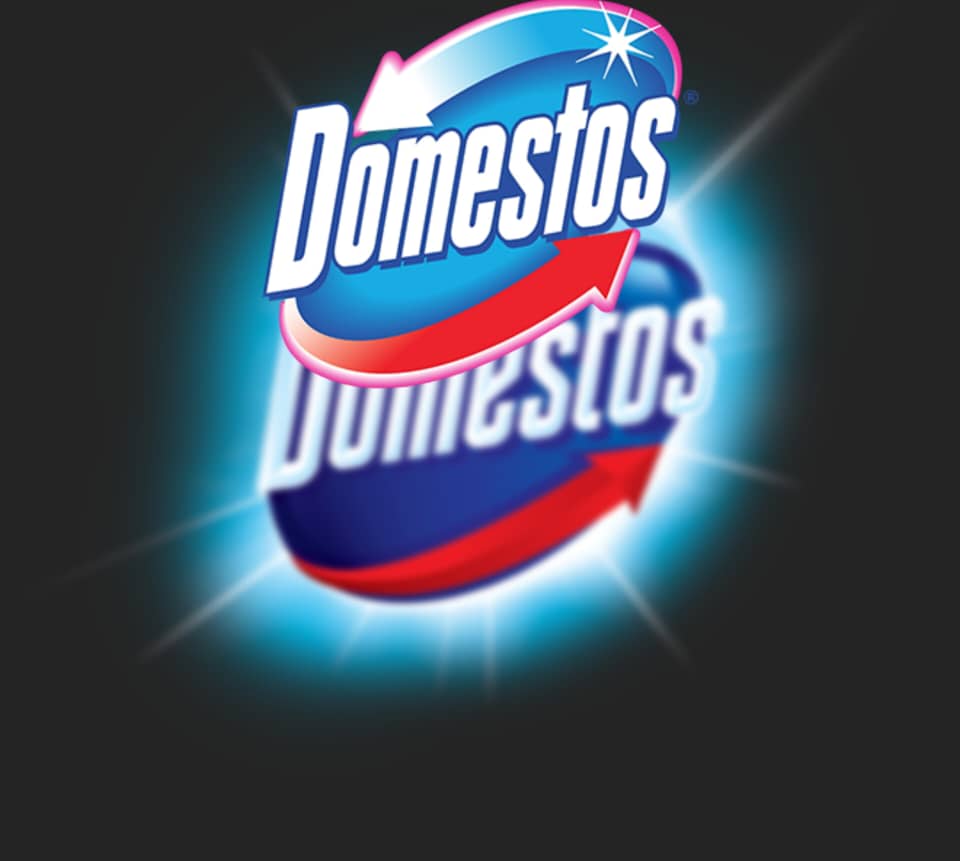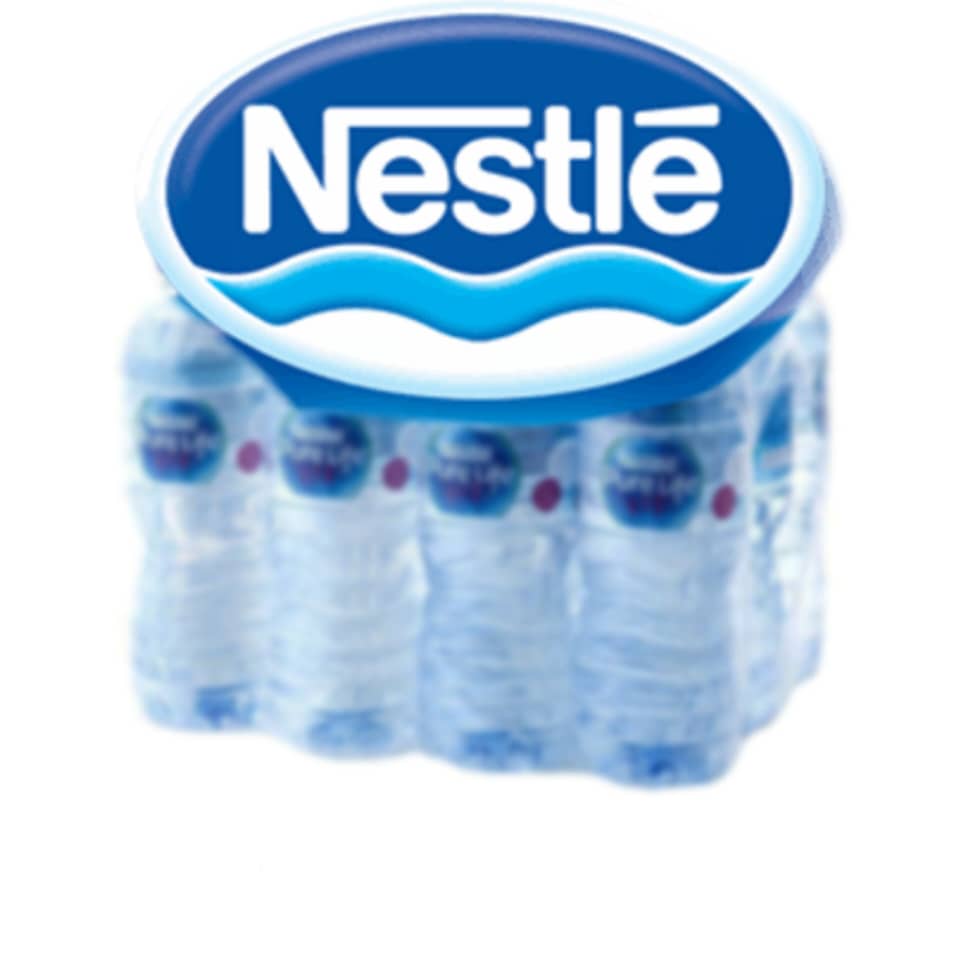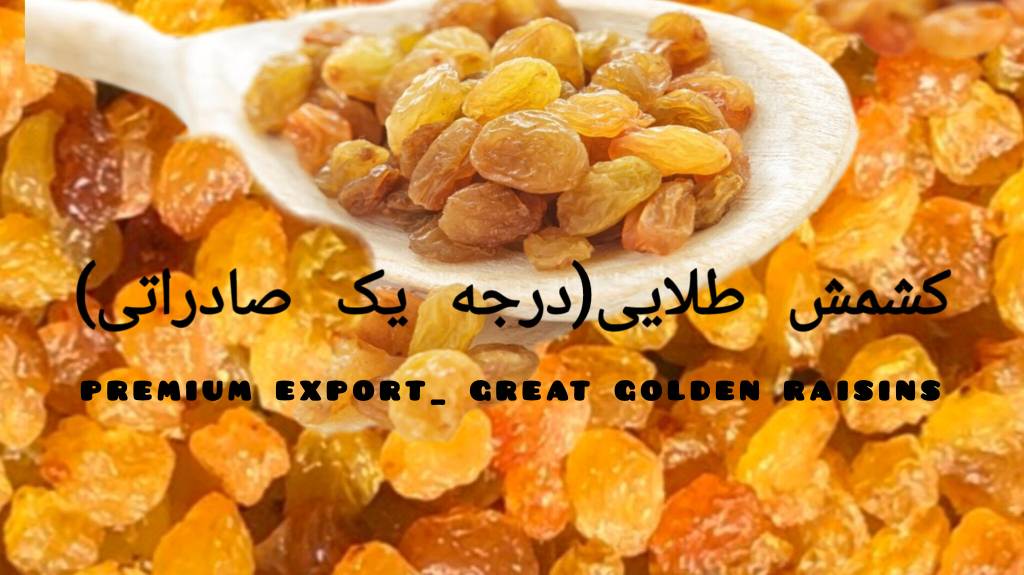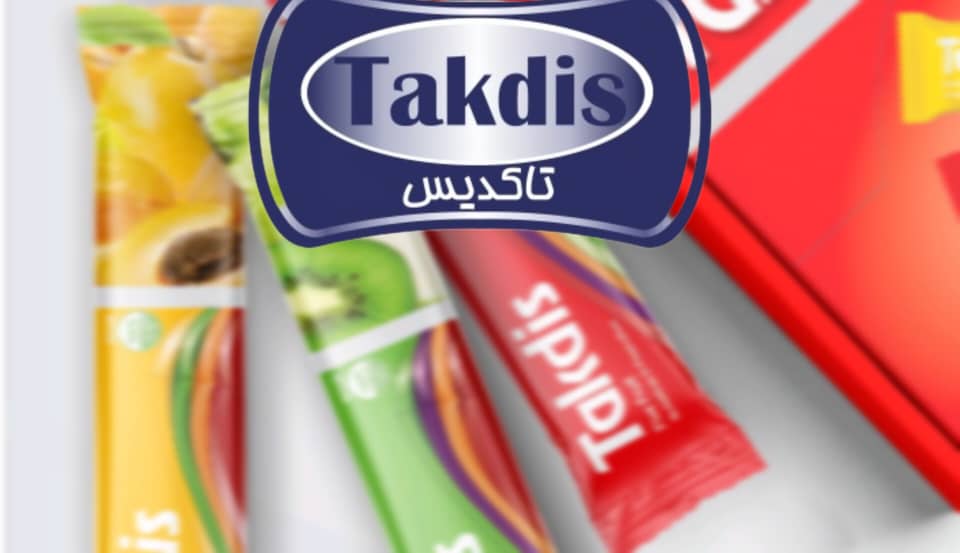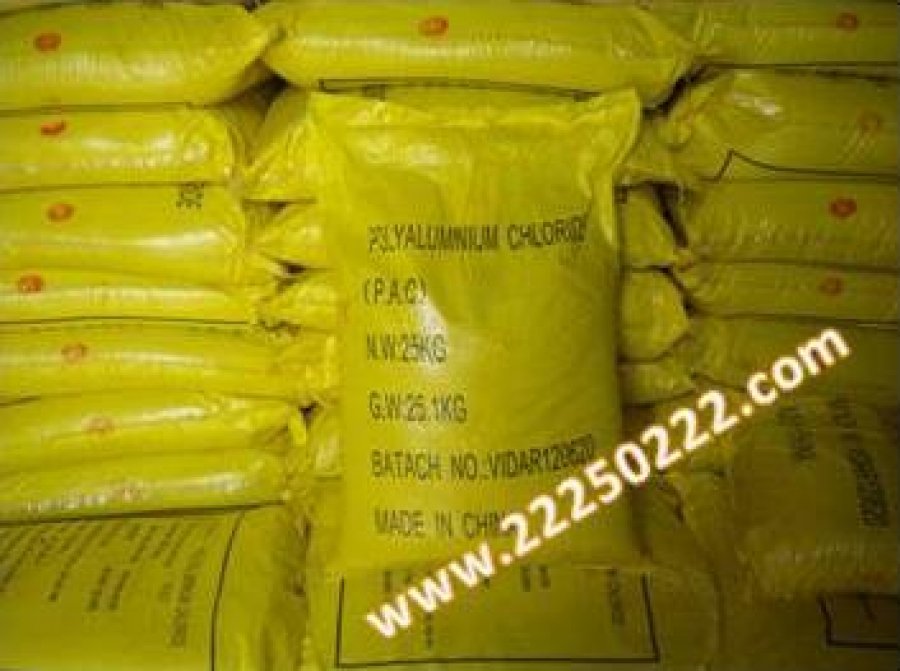
- Seen : 633 View
The coagulation process has a special place in the purification process. Aluminum sulfate (Alum) and Chlorophyrite are the most common primary coagulants used in water purification to remove turbidity.
In recent years, Poly Aluminum Chloride (PAC) has been widely used as a substitute for two old coagulants of aluminum sulfate and chlorophyll. Aluminum chloride (PACK) has now become one of the most common coagulants used in water purification in countries such as the United States, Canada, China, Italy, France and the United Kingdom. In Iran, many industries have used this substance as an alternative to old coagulants;
chemistry:
The aluminum chloride or aluminum hydride chloride is a combination of an inorganic polymer whose monomer is a dual-core aluminum complex.
This material is obtained from the formula Al2 (OH) n Cl6-n.YH2O] z] from the reaction of aluminum hydroxide and chloride.
2Al (OH) 3 + n HCl = Al 2 (OH) nCl 6 -n + H 2 O
The value of Z is between 12 and 18, but for a useful formulation in the 95% composition, Z = 15. With this formulation, Al2O3 is obtained between 26% and 36%, ideally equal to 30%.
Poly (aluminum chloride) is provided in both solid and liquid form. Solid poly (aluminum) chloride is a powder or crystal and has a color from white to pale yellow to various grades.
Functional mechanism:
The performance of the old instability coagulants is carried out by compressing a double electric layer around the colloidal particle. While, poly aluminum chloride performs instability by absorbing at the surface of the colloidal particle and creating particle-polymer-particle bond bridges. This mechanism increases the rate of particle instability, resulting in faster particle growth and, finally, improved separation.
applications:
The main applications of the Package (PAC) are:
1- Purification of drinking water
2- Treatment of sewage and waste water from chemical plants and oil and petrochemical industries
3- Urban wastewater treatment
4- Treatment of wastewater and agricultural waste
5- Use in paper and cellulose industries
6. Use in textile, leather and leather industries
Advantages:
The numerous benefits of PAC have increased its consumption in water treatment. Some of the benefits of this coagulator include:
- Extensive pH range
- Lower pH of water (as compared to other coagulants)
PACs are hydrated in water and thus compared to aluminum sulfate
Chlorophylic reduces the pH of the water to a lesser extent. as a result
Provides the following benefits:
A - No chemical water change (better hygiene)
B) No need for pH adjustment additives such as lime (better hygiene, better economy).
C. Maintaining downstream devices against pH reduction (preventing corrosion of the plant)
*** It is more important to lower the pH in the case of lower alkaline water. ***
- Less sensitivity to heat
Due to the high solubility of PAC and heat dissipation in water, there is no limit to coagulation at low temperatures.
- Leaving the remainder less than other coagulants
The amount of aluminum dissolved ions produced by PAC is lower than that of aluminum and chloroform sulfate.
*** Unauthorized amounts of aluminum salts lead to Alzheimer's disease. ***
- Reduction of sludge production and ease of sludge dewatering (compared to other coagulants)
- Less consumption to reduce opacity to a specified amount
Considering the lower consumption in the same conditions, such as the initial turbidity of suspended solids, and ... the use of PAC is more economical in terms of final cost.
- Reduced consumption of poly-electrolytes (more economical - more sanitary)
Considering that the nuclei of colloidal complexes produced by PAC are thicker than those obtained from aluminum sulfate, the need for poly-electrolytes to accumulate colloidal coagulated particles is reduced.
Other advantages in the treatment of sewage and industrial wastewater:
1- Decreased COD (amount of oxygen required) water
2. Sedimentation of suspended particles
3. Severe color reduction
4. Less consumption
Advantages of paper industry:
1- Neutralizing and Sizing in Cellulose Fibers and Preparing Paper
2. Reduced the need for more natural fibers in paper production
3- Softness and plasticization of the paper surface
4. Increase the speed of extra water in the paper (increasing the drying rate)
5. More adhesion of the inner layers of the paper (higher strength and mechanical strength)
Benefits in the food industry:
- Prevent the formation of spittle
This feature results in rapid water drainage and increased drying speed.
The use of PAC in the production of starch for the separation of water from starch is a major alternative to other alternatives
Saler Company Information

